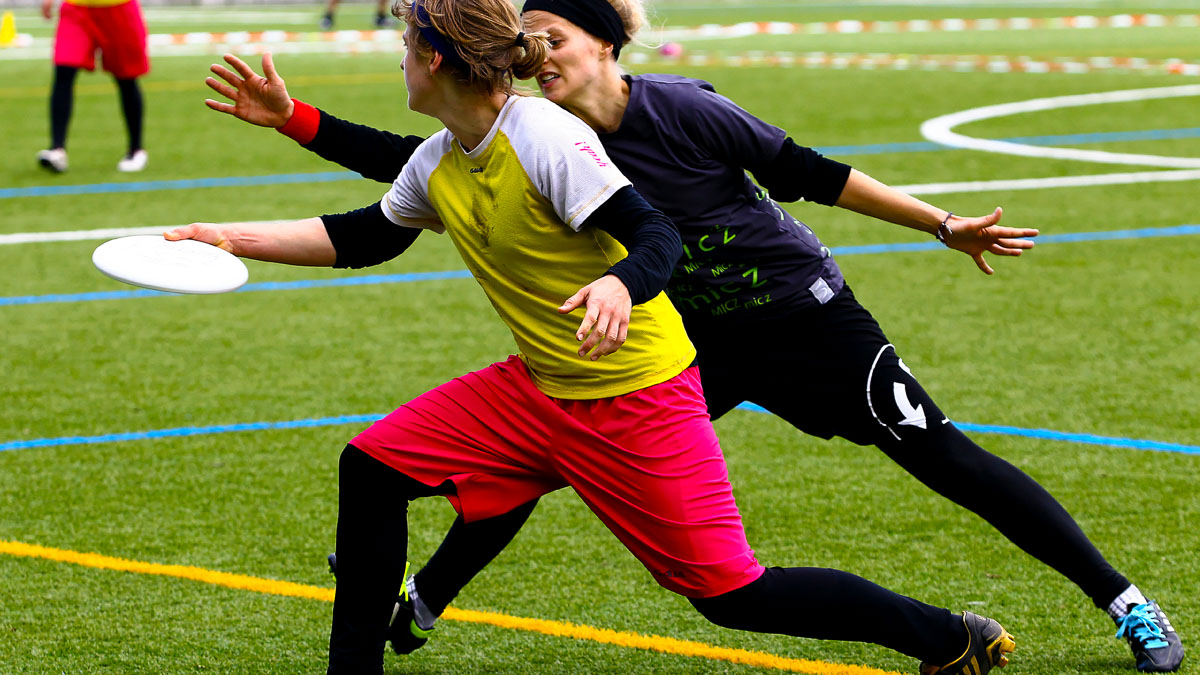In the landscape of Ultimate Frisbee, a major topic of discussion has been the representation and involvement of men and women in the mixed division.
In our endeavor to unravel this intricate tapestry, we delve into a vast data trove that examines each player’s interaction with the disc in elite mixed play, as well as their contribution to their respective teams’ success.
An Insight into Mixed Play
Emerging from our exploration of the games filmed throughout the 2019 season, the Club Championships revealed an intriguing trend. Amidst the multitude of mixed teams, Montana Moondog stood out for its balanced disc engagement between men and women.
Over the last five years, gender equity issues have been at the forefront in the ultimate community. While the mixed division has been under both praise and scrutiny, its contribution to the progress of gender equity cannot be undermined.
The ability of men and women to compete on the same field at the highest level is seen by many as a sign of advancement, which is what the United Ultimate League was attempting to solve.
However, there are still concerns. These include the frequency of men being team leaders, which has led to some questioning whether the mixed division is only highlighting disparities and providing tokenistic support to the cause.
The Struggle for Gender Equity
In our society, gender inequity is a pervasive issue, and Ultimate is not exempt. One pertinent question that arises is whether the mixed division is compounding, reducing, or maintaining the disparity. In order to unravel this, an abundance of anecdotal discussions and quantifying efforts have been made over the years.
Statistics for the Nationals-qualifying mixed teams in 2019 shed new light on this ongoing discourse. The data compiled from 55 mixed games from various tournaments offers a comprehensive look into the mixed division’s performance, as well as insights into individual teams.
Decoding the Data
To better understand the distribution of disc touches, we focused on two key factors: total touches by gender and the gender dynamics of throws.
The simplest comparison to make is the total touches by gender. However, the story is incomplete without exploring who throws to whom. A deeper analysis of these variables allows us to paint a fuller picture of the dynamics at play in the mixed division.
Defining Touch and Analyzing Gender Breakdown
A touch is identified when a player intentionally gains possession of the disc. It is crucial to note that the number of touches by a player does not account for the value of the touch. For instance, short reset passes do not influence a team’s scoring probability as much as a long huck.
In 2019, the average ratio of touches on Nationals-qualifying mixed teams revealed a distribution of 68.54% for men and 31.46% for women. Comparatively, elite clubs in 2019 showcased a narrower gap than teams from 2014-2017.
The Role of Handlers
The data also draws attention to the fact that handlers generally account for the majority of touches. This dominance by handlers could partially explain the overall imbalance.
In the 30 teams examined, only one team — Seattle Birdfruit — had a game where women’s touches outnumbered men’s. This suggests that few teams deploy women as central handlers, which could contribute to men throwing the disc more frequently.
Understanding Gender Connections
In 2019, approximately 44% of touches in elite mixed games involved one man passing to another. Both genders were more likely to throw to a man than a woman, with just 8.36% of passes connecting two women.
Points Where Women Had More Touches
Another interesting facet is the percentage of points where women had more touches than men. In our study, fewer than 20% of the points logged saw a team’s women touch the disc more frequently than their men. This data, while illuminating, doesn’t allow us to make sweeping statements about representation inequity in mixed Ultimate and the state of the spirit of the game.
Conclusion: The Journey Towards Equity
Our study aims to establish a benchmark for understanding gender equity in the mixed division rather than relying solely on anecdotal evidence. While looking at a single variable, like gender, risks oversimplifying a complex issue, this project seeks to educate, not persuade.
We make no value judgments and suggest no correlation between specific strategies or ratios and success. Instead, we strive to enlighten and encourage the ultimate community to continue their journey towards true gender equity in the sport.

